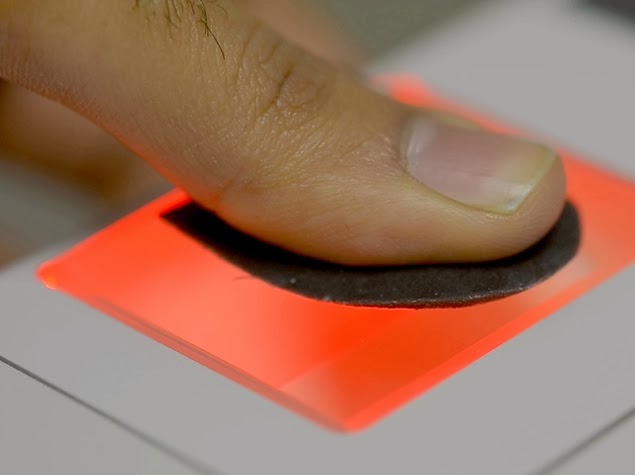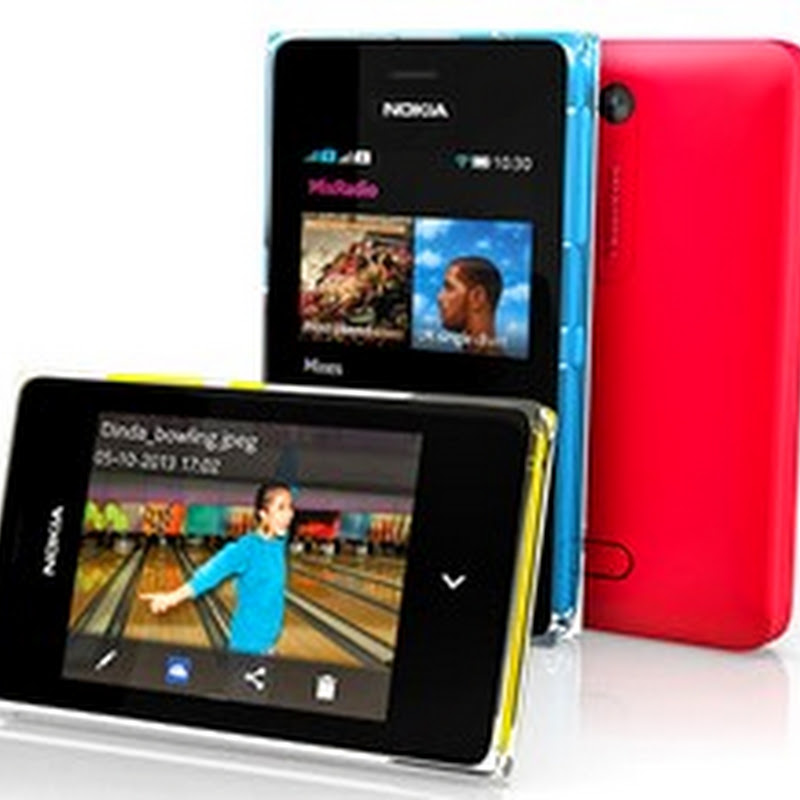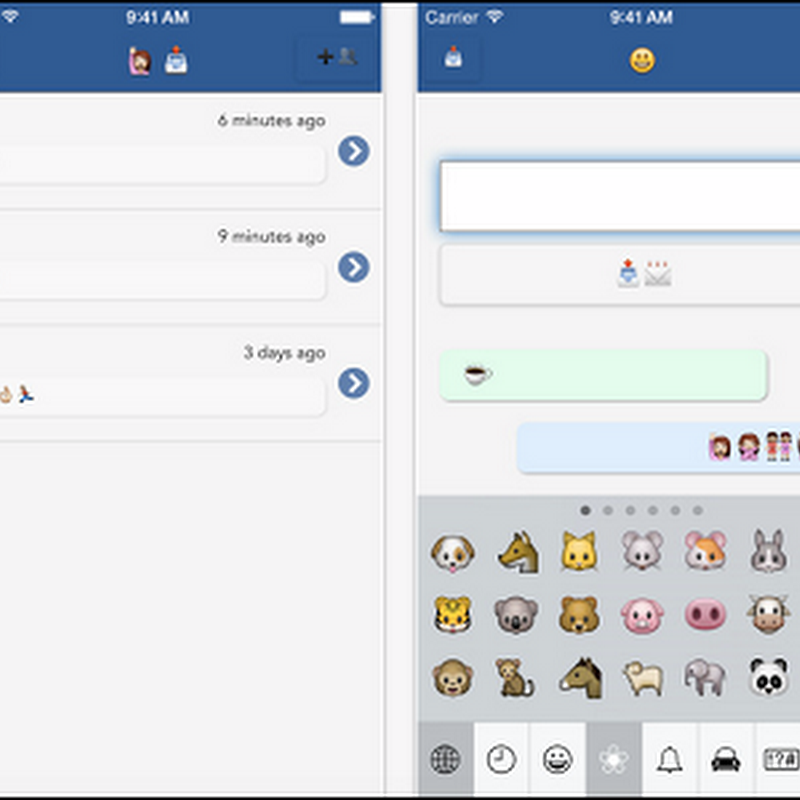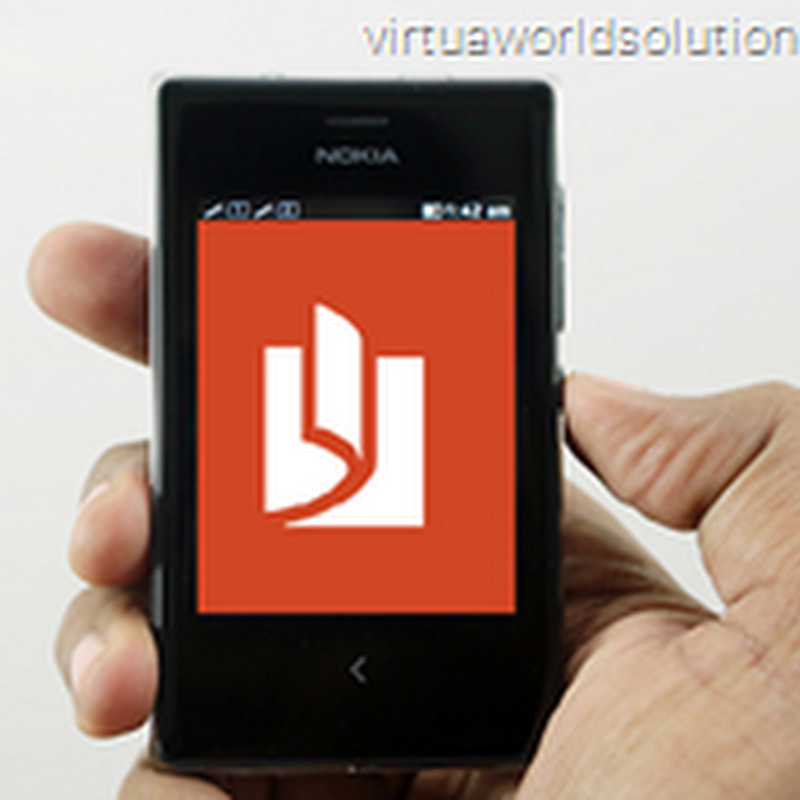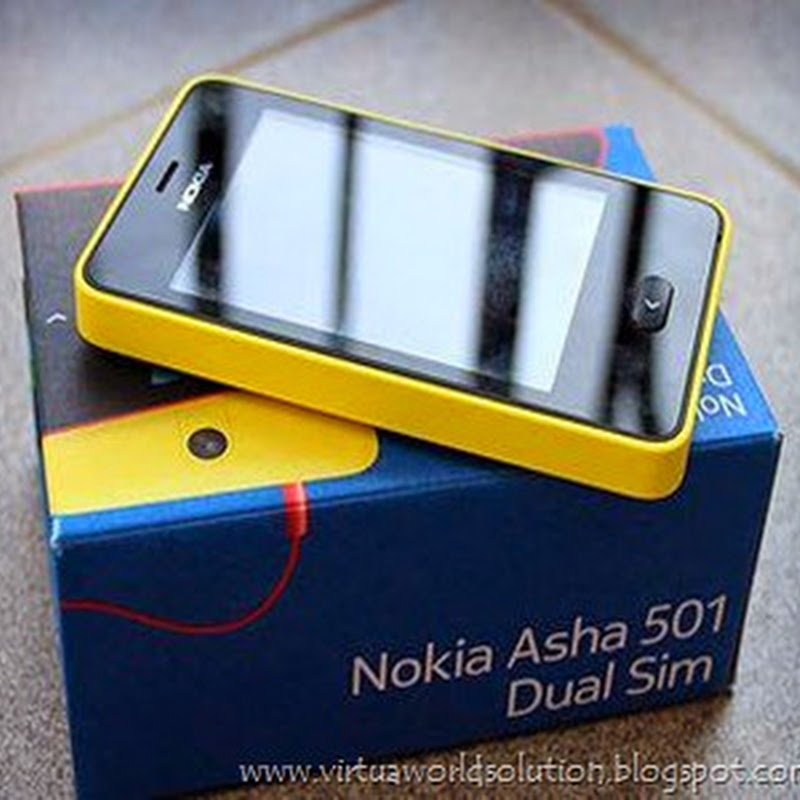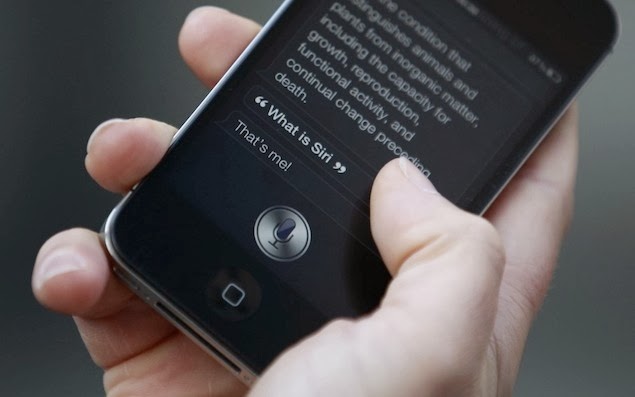 Apple is
said to be working on expanding the functionality of its voice-based virtual
assistant, Siri, enabling it to work with third-party applications other than
Apple's own native apps, apart from making it more intelligent. According to
the reports, the app is being worked upon keeping in mind its compatibility
with the proposed Apple iWatch.
Apple is
said to be working on expanding the functionality of its voice-based virtual
assistant, Siri, enabling it to work with third-party applications other than
Apple's own native apps, apart from making it more intelligent. According to
the reports, the app is being worked upon keeping in mind its compatibility
with the proposed Apple iWatch.
The report claims
Apple is looking to make up for missing features on Siri, like booking a rental
taxi or make hotel reservations, by enabling third-party app integrations on
the platform. This would also allow for offerings like a third-party messaging
app.
Other
supposedly planned improvements to Apple's Siri virtual assistant platform
quoted by the report includes the intelligence to decide what content to show
on the screen according to the screen space, implying uses such as what to
display on the expected iWatch wearable device, based on the user's movement
and location.
The
Cupertino giant's obvious goal with the Siri platform would be to make it an
actual virtual assistant instead of just a little more than a voice-based
intelligent search tool, by adding information gathering and analysis. Google
has also been working on improving the functionality of its voice-based virtual
assistant, Google Now, and if leaks of Microsoft's Cortana virtual assistant
are anything to go by, the Redmond giant will also allow it to use various
information about the user to offer suggestions and other assistance.
Besides
Siri's availability on smartphones and tablets, it recently debuted as part of
the core-interface of Apple's, a feature that allows users to plug their phones
into compatible in-car systems in order to control entertainment, navigation,
and call handling features via voice commands and steering-mounted controls.
With Apple
CarPlay, users will be able to trigger Siri via a steering-mounted button,
allowing them to control phone functions while keeping their eyes on the road.
Siri can be used to dial numbers, answer or reject calls, read messages, take
dictation, trigger music and podcast playback, and launching apps. Third-party
apps will also be supported, and popular entertainment apps such as Beats
Radio, iHeartRadio, Spotify and Stitcher have already been announced as launch
apps.
